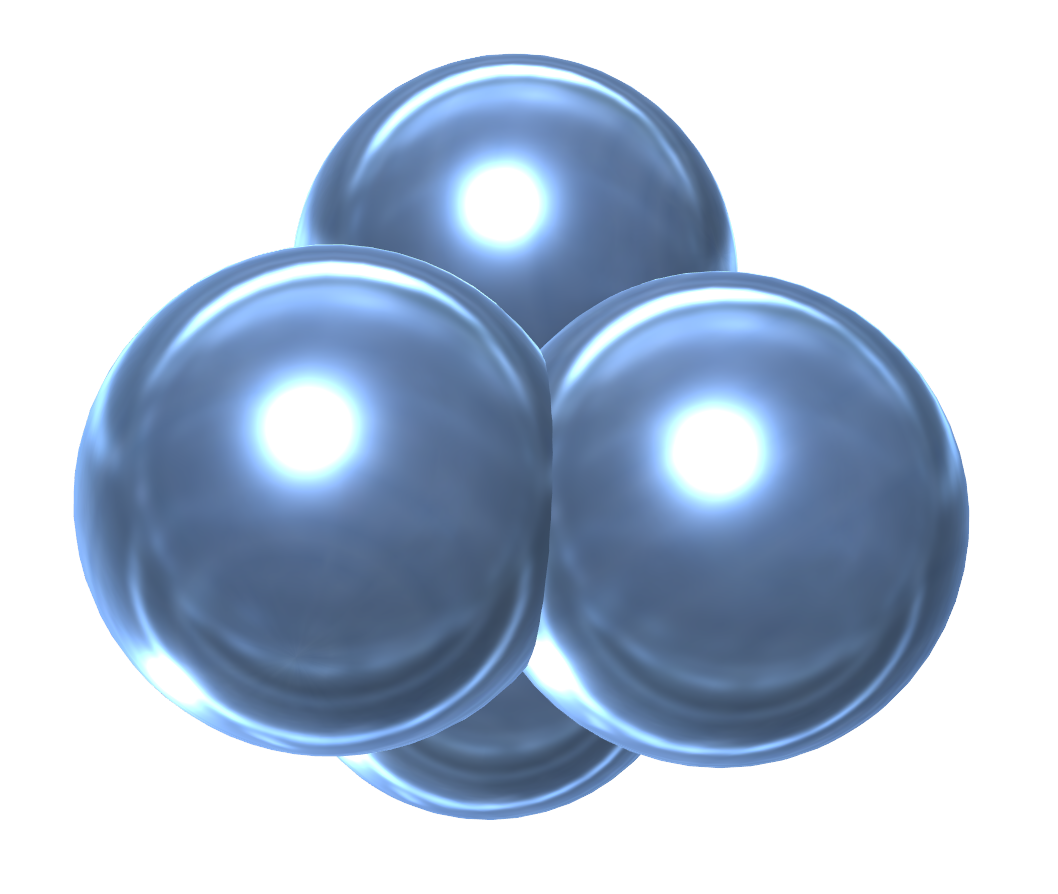Introduction

In the modern civilized society, one cannot live without electricity. We saw what the world without electricity would be like during the California blackout of early 2001. According to an estimation, if electricity is shut down immediately and forever, two thirds of the US population would be lost. The question, what is electricity in solids, is the main topic of this book. How is electricity generated and how does it flow? Dealing with this is the main job of solid-state physics. We imagined the flow of electricity without electrons. Are there any electrons flowing through materials? Has anyone ever seen electrons flowing through copper wires? In fact, there is no way to see the "free" electrons flowing through conductors, including copper wires. We only indirectly predict what would happen under the assumption that electrons flow freely in conductors, and think that there are free electrons if the prediction appears to be a good fit. One of the representative things of this prediction is the magnetic field accompanying the electric field. The flow of free electrons creates an electric field and induces a magnetic field. But let’s think of electromagnetic waves represented by light. An electric field is created and a magnetic field is formed without electrons in light. It is that electricity can flow without free electrons.
The absence of free electrons means that electrons in all materials including conductors belong to something else. Electrons must of course be with protons. In modern physics, the number of electrons and protons in an atom is always the same, but they are not involved in the construction of the atom in pairs. All the protons are centered in the core called the nucleus, while the electrons are roaming around the nucleus. Why can't the electrons and protons come together? Wouldn't it be harmonious if they form atoms in pairs? With this idea, we made a new atomic model. In this model, the electrons and protons are always in pairs, and the neutrons bind them together to form various elements. The triplet of electron-proton-neutron (like deuterium) was considered to be the elementary component in the atom except for the hydrogen atom. We imagine that the proton is a grape seed, the electron is pulp and the neutron is like a raisin in our atomic model. In addition, the electron and proton in one pair are not always present as separated, but they combine to become a neutron and the neutron is converted back to the electron-proton pair in dynamic equilibrium.
If this triplet is the building block of the atom, how will the atom build up this building block? If there is no biased force from outside, it will accumulate in a spherical form. A smaller sphere will grow to a bigger one as the triplets pile up on the surface of smaller one. Once a layer of the triplets has been completed to form a hollow sphere, the triplets will pile up sequentially to build an additional layer on top of it. Heavy atoms have multiple such layers, the number of such layers means the period of the periodic table of elements. At the end of each period, atoms have a perfect spherical form. These are the atoms of Group VIIIA, but at the beginning of the next period, the atomic surface is uneven and thus unstable. Unstable atoms will accommodate other unstable atoms to be stable. They make chemical bonds.
Lowering temperatures reduce the interatomic distance and the distance between the outermost triplets of neighboring atoms in materials. At the critical distance, the attraction is sufficient to form an interatomic chemical bond. A chemical bond can be a covalent bond, an ionic bonds, or a metallic bond. A metal conductor is mainly composed of metallic bonds, but in a conductor such as an oxide based superconductor atoms are covalently bound. While some triplets form the skeleton of a solid by primary chemical bonds, some triplets, which are not participated in the primary bonds, form secondary bonds with other triplets of the adjacent atoms. We may think hydrogen bonds or van der Waals forces as a type of secondary bond. We may also think of the alignment of atomic magnetic moments in solids to be a kind of secondary bond. Secondary bonds are produced and destroyed constantly in thermally vibrating solids. The density and bonding force of secondary bonds vary with external temperature and pressure, and the electromagnetic properties of conductors change correspondingly. Some secondary bonds can determine the electromagnetic properties of solids. We call them specifically secondary electromagnetic bonds throughout this book. At room temperature, the bond density is so low that the constituent atoms do not form an electromagnetically regular array. When temperature is lowered to a critical temperature, the density of the secondary bonds is reached to a critical value where an electromagnetic phase transformation (solidification) occurs in the interiors of a conductor, The electromagnetic deformation of the secondary bonds in the conductor is not allowed below the critical temperature. Electricity does not flow inside the conductor, making it a perfect insulator. For some conductors, however, electricity can flow only through the surface layers via the interaction with the solid vacuum without resistance. This surface current is the current of superconductivity.
This book reconsidered the meaning of interatomic primary and secondary bonds, based on the newly conceived atomic model. On this base, superconductivity, especially high temperature superconductivity, was addressed in terms of the reaction of electromagnetic secondary bonds to external conditions and the resulting electromagnetic properties of solids. This book is dedicated to room temperature superconductors, the dream material, that will be discovered someday.